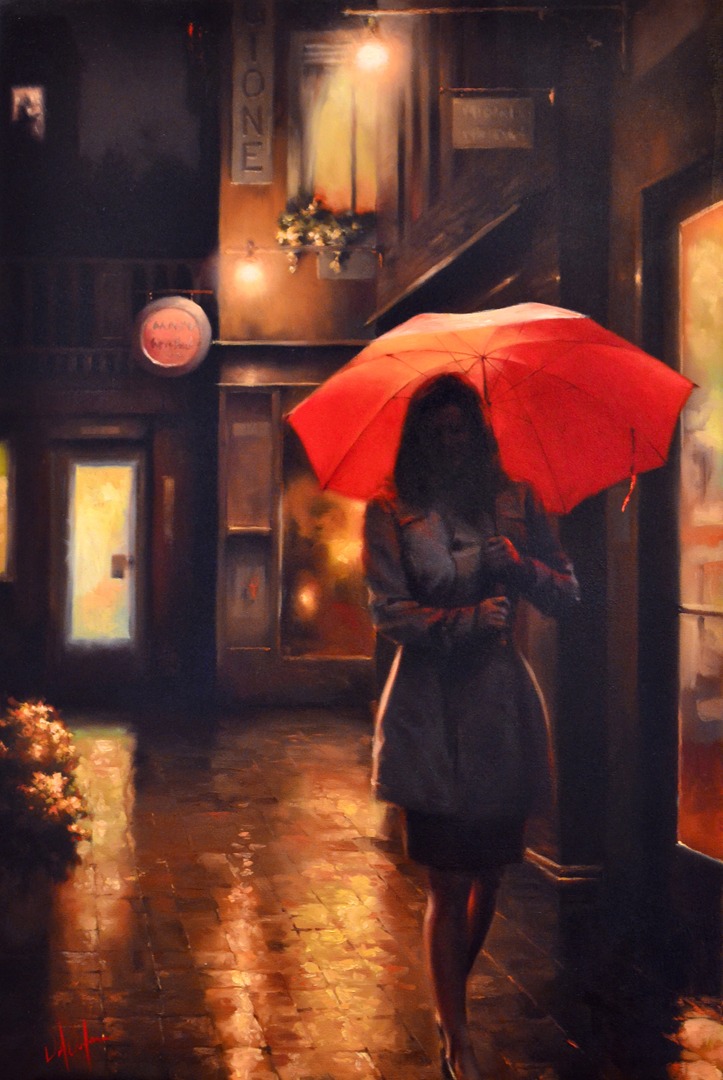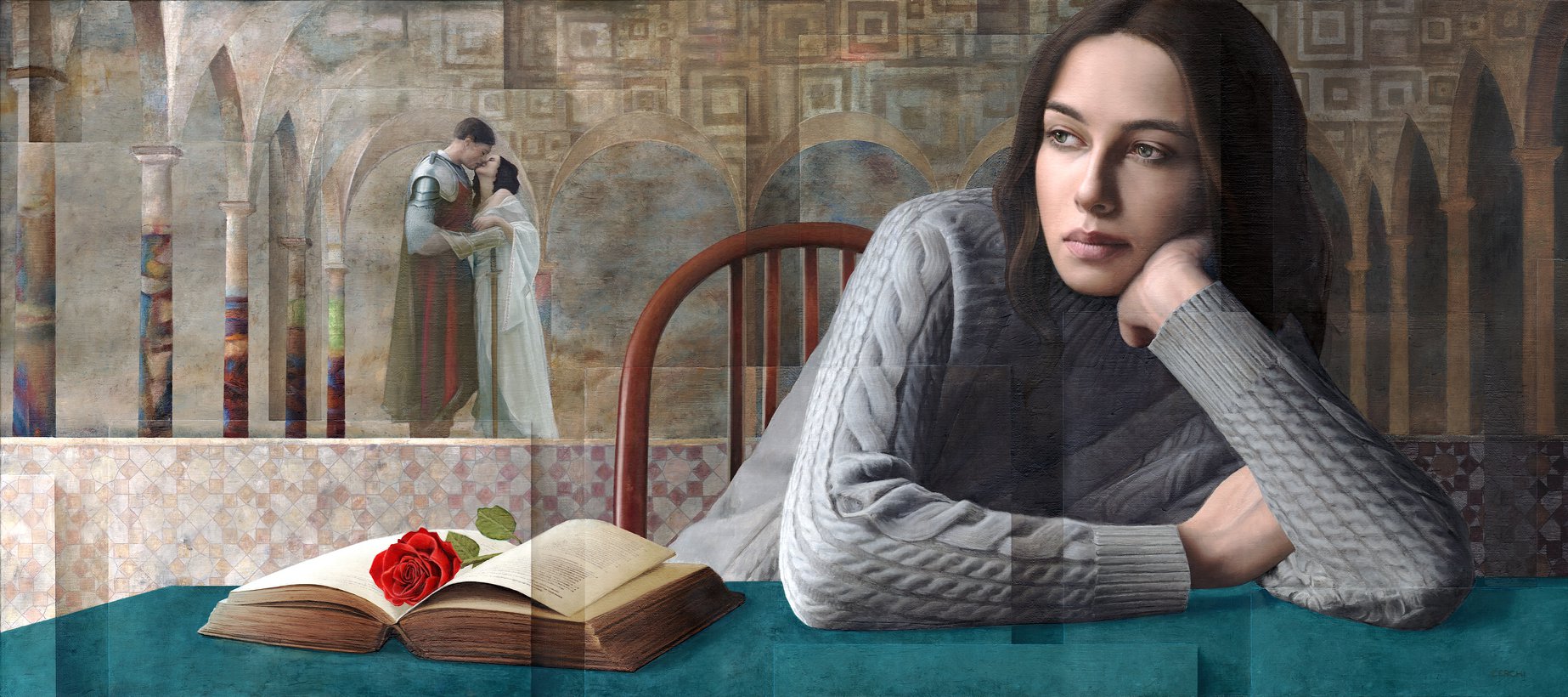Daniel Del Orfano, nato e cresciuto a Long Island, New York, dopo aver insegnato presso la prestigiosa Scuola Knox Boarding, è stato integrato nel sistema scolastico pubblico, dove ha insegnato arte a bambini di tutte le età.
Ma, anche se estremamente gratificante, questa non era la sua vera vocazione.
Nell'estate del 2005, fonda il "Laboratorio Rinascimento", con l'obbiettivo di espandere creativamente i suoi orizzonti.
Poiché la domanda di lavoro commissionato diventava sempre maggiore, Daniel inizia a guardare il suo stile espressivo, attuando le tecniche che enfatizzano il realismo.






















+13.jpg)






.jpg)




.jpg)















